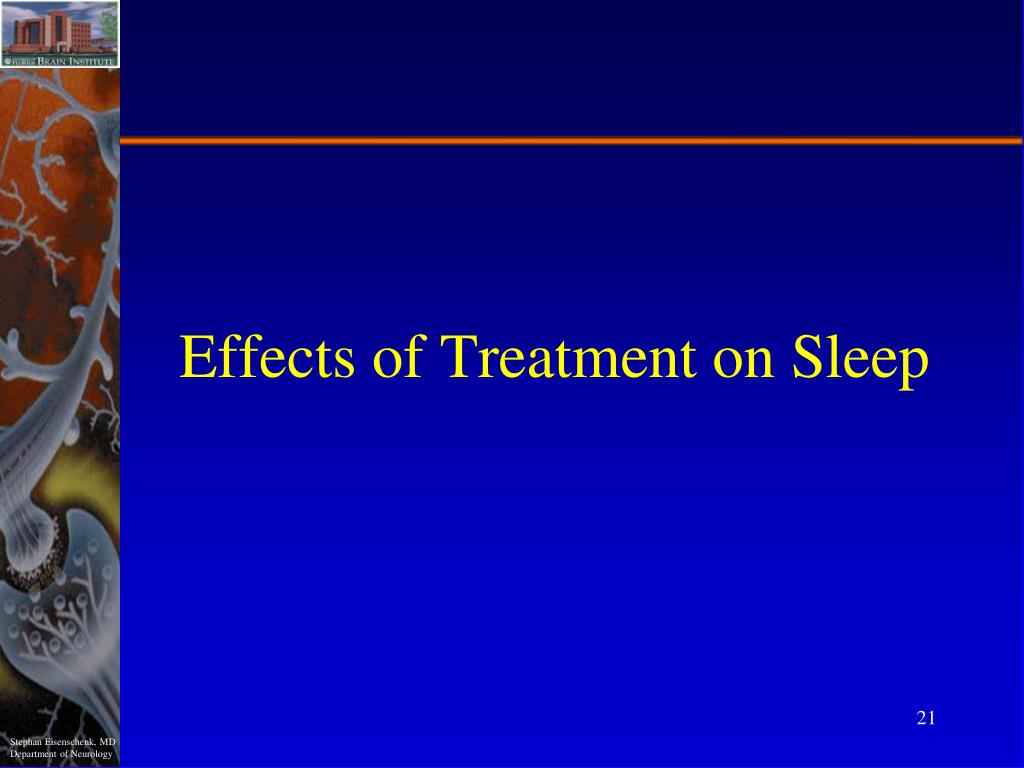

A recent study found an association between leg cramps and the use of quinine in the year following new prescriptions for diuretics, statins, and inhaled long-acting beta 2 agonists. 11 Leg cramps also have been reported in studies of medications such as clonazepam (Klonopin), citalopram (Celexa), celecoxib (Celebrex), gabapentin (Neurontin), and zolpidem (Ambien), which, ironically, are used to treat leg cramps. Medication-related leg cramps are most commonly associated with intravenous iron sucrose, conjugated estrogens, raloxifene (Evista), naproxen (Naprosyn), and teriparatide (Forteo), although the overall incidence is very low ( Table 1).

Muscle cramps are reported as an adverse effect for hundreds of medications, but only a few are specific to the legs. Quinine is no longer recommended to treat leg cramps. Limited evidence supports treating nocturnal leg cramps with exercise and stretching, or with medications such as magnesium, calcium channel blockers, carisoprodol, or vitamin B 12. Laboratory evaluation and specialized testing usually are unnecessary to confirm the diagnosis. A history and physical examination are usually sufficient to differentiate nocturnal leg cramps from other conditions, such as restless legs syndrome, claudication, myositis, and peripheral neuropathy. Medications that are strongly associated with leg cramps include intravenous iron sucrose, conjugated estrogens, raloxifene, naproxen, and teriparatide. Nocturnal leg cramps are associated with vascular disease, lumbar canal stenosis, cirrhosis, hemodialysis, pregnancy, and other medical conditions. The exact mechanism is unknown, but the cramps are probably caused by muscle fatigue and nerve dysfunction rather than electrolyte or other abnormalities. The recurrent, painful tightening usually occurs in the calf muscles and can cause severe insomnia. TPM could be included in the options for patients with this form of epilepsy.Up to 60 percent of adults report that they have had nocturnal leg cramps. Few of them experienced transitory adverse events. In our experience, TPM seems to be effective in about 90% of patients with NFLE. All the adverse events disappeared within 3 months. The adverse events were: weight loss (6 pts, 25%) paresthesias (3 pts, 12.5%) speech dysfunction (2 pts, 8.3%).

The patients were classified as: seizure-free=6 (25%) responders (reduction of at least 50% of seizures)=15 (62.5%) non-responders=3 (12.5%). The follow-up duration ranged from 6 months to 6 years. TPM was administered as single or add-on therapy from 50 to 300mg daily at bedtime. The EEG during wakefulness was normal in all the patients, while seven of them showed epileptiform abnormalities during polysomnography. The video-polysomnographic recordings showed a wide spectrum of seizures, ranging from repeated stereotypic brief motor attacks to prolonged attacks, with complex and bizarre behaviour the recorded episodes occurred during non-REM sleep, both stage 2 and stage 3-4. We classified the patients as: seizure-free, responders or non-responders.ġ5 M 9 F mean age 29.3+/-10.4 years. They all completed diaries concerning the seizures frequency and complexity and underwent to periodic follow-up visits. Aim of this study was to evaluate the efficacy and tolerability of the antiepileptic drug topiramate (TPM) in a sample of patients with nocturnal frontal lobe epilepsy (NFLE).Ī 24 patients with video-polysomnographically confirmed NFLE received topiramate as single or add-on therapy.


 0 kommentar(er)
0 kommentar(er)
